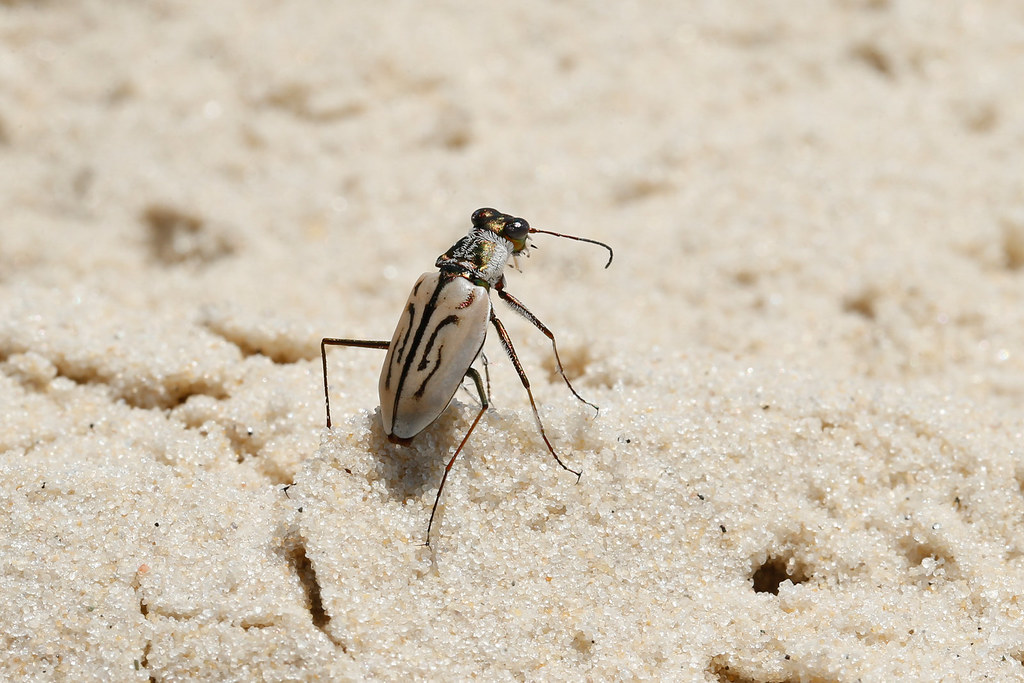Northeastern Beach Tiger Beetle
Cicindela dorsalis dorsalis
The northeastern beach tiger beetle is a tiny, sand-colored beetle that lives on sandy beaches throughout the middle and lower Chesapeake Bay.

